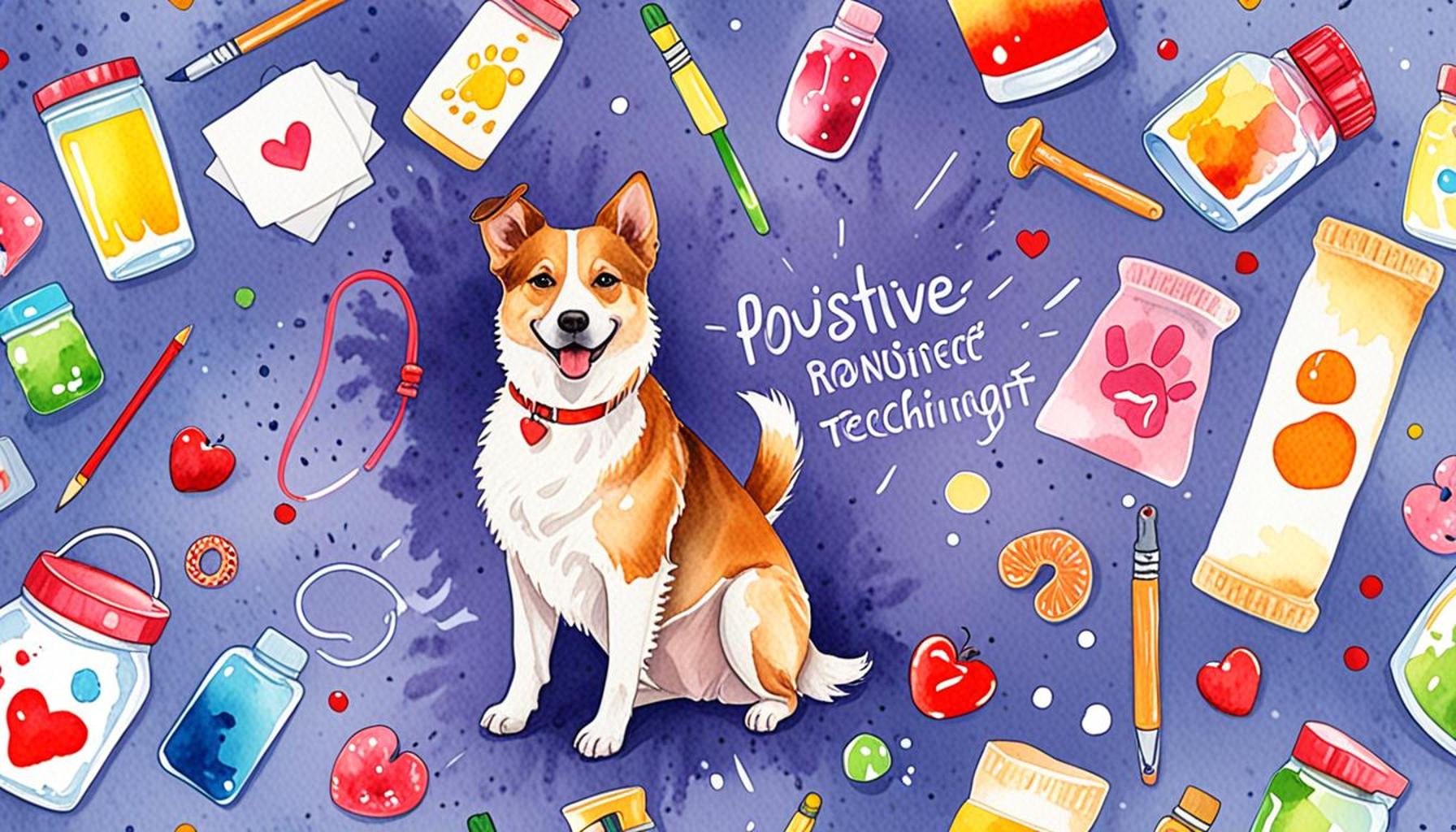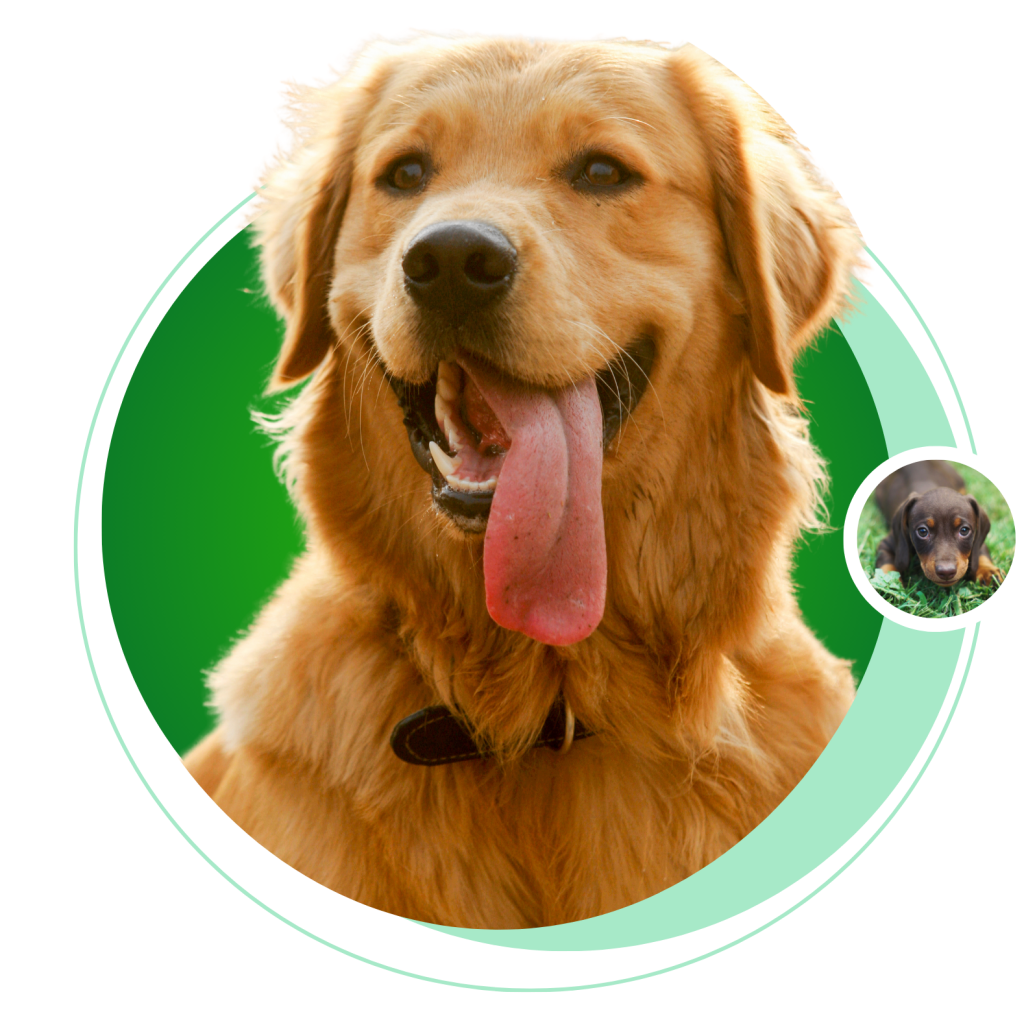Positive Reinforcement Techniques for Training Adult Dogs

Unlocking the Potential of Your Adult Dog
Training adult dogs can often seem challenging, but it is a crucial aspect of responsible pet ownership. Utilizing positive reinforcement techniques offers a gentle and effective way to shape your dog’s behavior and strengthen your bond with them. Understanding these methods not only enhances your dog’s obedience but also promotes mental stimulation and emotional well-being.
As more pet owners recognize the benefits of positive training, the demand for effective strategies grows. With an array of techniques available, it’s essential to identify the most effective methods suited for your furry friend. Here, we prepare to unveil the Top 5 Positive Reinforcement Techniques that can lead to a more fulfilling training experience.
Why Positive Reinforcement Matters
- Strengthens the bond: Encourages trust and affection between you and your dog.
- Fosters better behavior: Builds a cooperative and responsive canine companion.
- Promotes learning: Engages your dog’s mind in rewarding ways.
Join us as we explore these techniques and help you navigate the rewarding journey of training your adult dog with positivity and patience.
DISCOVER MORE: Click here for tips on hiking with your dog
Top 5 Positive Reinforcement Techniques for Training Adult Dogs
Training adult dogs can be both an enriching and challenging endeavor. As owners and pet enthusiasts seek to nurture well-behaved companions, the use of positive reinforcement techniques emerges not only as a strategic approach for teaching commands but also as a means of strengthening the bond with your canine friend. Throughout this article, we will delve into the top five effective techniques that promise to transform, and even elevate, your relationship with your dog.

5. Clicker Training
Among the myriad of training methods, clicker training stands out for its simplicity and efficacy. This technique involves using a small handheld clicker which emits a distinct sound to mark desired behaviors. When a dog performs the correct behavior, a ‘click’ sound is made, followed immediately by a reward, often a treat. The immediate auditory cue of the click signals to the dog precisely what action was correct, leading to a clear understanding and faster learning.
To expertly implement clicker training, consider the following steps:
- Begin the process by introducing the clicker to your dog. Click and simultaneously reward them with a treat, instilling an association between the sound and a positive outcome.
- Once the dog consistently associates the click sound with receiving a treat, proceed to train specific commands, tapping into their learned behavior.
- Consistency in timing is crucial; ensure that you click at the exact moment the desired behavior is performed to reinforce the behavior effectively.
The beauty of clicker training lies in its swift communication. The technique often becomes a favorite among dog trainers and owners due to the clear and concise manner of conveying information to dogs.
4. Treat-Based Rewards
While clicker training is notably effective, the classic treat-based reward system remains timeless for good reasons. Dogs are naturally motivated by food, and utilizing it to reinforce positive behaviors is among the most effective ways to train any dog. Treats act as tangible rewards that captivate your dog’s attention and motivation.
To optimize the effectiveness of treats in training, adhere to these recommendations:
- Select high-value treats that are palatable and preferably your dog’s favorites. These could be small pieces of lean meat or specialized dog treats.
- Ensure the gratifications are immediate; rewards should be administered promptly after the desired action to create a strong association.
- Gradually phase out treats as the behavior becomes consistent. Eventually, replace treats with other forms of rewards such as praise, ensuring your dog doesn’t become treat-dependent.
Using treats not only reinforces behavior but also keeps training sessions exciting and engaging for the canine participant, enhancing the overall training experience.
3. Verbal Praise and Affection
The power of your voice should never be underestimated. Combining verbal praise with affection like petting or a gentle scratch can create a bonding experience that significantly boosts your dog’s confidence and eagerness to learn. Dogs inherently enjoy attention, and employing a cheerful, enthusiastic tone serves as a fantastic motivator.
Best Practices for Verbal Praise
- Utilize consistent phrases such as “Good boy/girl!” to establish clear and positive associations with correct behaviors.
- Ensure your enthusiasm is sincere; dogs have a remarkable intuition for discerning genuine praise from disingenuous sentiments.
- Pair verbal affirmation with physical affection such as petting, which reinforces recognition and reward.
This approach makes your dog feel appreciated and valued, fostering a reliable, trusting relationship that reinforces their willingness to comply and learn.
2. Consistency in Training
The concept of consistency, though simple, is a critical factor in effectively training adult dogs. When a dog is met with mixed signals, it may exhibit confusion and become unresponsive. By establishing a consistent routine, including the use of predetermined commands and reward timing, you create a clear set of expectations that facilitate learning.
Strategies for Consistency
- Set a daily routine for training sessions, ensuring that you maintain the same time and format regularly.
- Use the identical verbal and physical cues each time you train to avoid confusing your pet.
- Make sure every family member understands and applies the same training techniques to avoid mixed messages.
Maintaining consistency does not only promote clarity for your dog but also enhances their learning pace and curtails frustration, making training an enjoyable endeavor.
1. Positive Reinforcement through Play
Topping our list is the use of play as positive reinforcement. Incorporating play into training sessions transforms them into highly enjoyable experiences while harnessing the dog’s natural instincts and energy. Training through play—whether it is fetch, tug-of-war, or other games—serves as an exemplary reward, fostering a positive and dynamic learning environment.
Implementing Play into Training
- Identify games that your dog enjoys and use them as a reward for accomplishing specific training milestones.
- Introduce training commands during play, such as “come” or “leave it,” to merge learning with fun seamlessly.
- Maintain an upbeat and engaging atmosphere to capture and hold your dog’s interest.
Playing not only reinforces positive behavior but equally provides essential mental stimulation, making it an ideal method for training adult dogs with exciting and rewarding outcomes.
In conclusion, whether employing clicker training, utilizing treat-based rewards, or integrating play into your training sessions, these positive reinforcement techniques can significantly enhance the bond and communication between you and your cherished canine companion. Using these methods, you pave the way for a harmonious and enriched relationship, marked by understanding and mutual respect.
| Category | Description |
|---|---|
| Effective Communication | Utilizing positive reinforcement enhances the owner-dog communication bond. Clear signals are easier for dogs to understand, leading to quicker learning. |
| Increased Motivation | Positive reinforcement increases your dog’s motivation to learn. When the reward is desirable, dogs are likely to repeat the desired behavior. |
| Reduction of Behavioral Issues | Training with positive reinforcement can lead to a decrease in anxiety and stress-related behaviors. A well-trained dog tends to be more relaxed and well-adjusted. |
| Long-term Retention | Dogs trained using positive reinforcement often show better retention of commands and tricks. This ensures that training is effective in the long run, making it beneficial for both the owner and the pet. |
Positive reinforcement techniques are transformative methods that foster both learning and connection between dogs and their owners. By incorporating praise, treats, and play into training, the overall experience becomes rewarding, thus encouraging the pet to engage willingly. This method proves especially beneficial in creating a safe learning environment where dogs feel valued and eager to participate.The relationship between a dog and its owner heavily relies on trust and confidence, both of which are nurtured with the use of positive reinforcement. For owners struggling with their dog’s behavioral issues, these techniques can offer a gentle yet firm approach to guide them toward better habits. Engaging with these methods contributes not only to improved behavior but also to the establishment of a long-lasting bond that enhances the joy of pet ownership. Ultimately, utilizing positive reinforcement techniques transforms the training experience into an adventure filled with enthusiasm and affection, making it indispensable for anyone looking to develop a happy, well-trained adult dog.
DISCOVER MORE: Click here for tips on finding safe, pet-friendly beaches
Frequently Asked Questions About Positive Reinforcement Techniques for Training Adult Dogs
What is positive reinforcement in dog training?
Positive reinforcement in dog training refers to the process of encouraging desired behaviors by rewarding them, making it more likely that the behavior will be repeated. Unlike other methods, positive reinforcement focuses on the reward-based system, where the dog learns through positive associations rather than fear or punishment. This approach is not only effective but also strengthens the bond between the dog and the owner.
Can positive reinforcement work on adult dogs as well as puppies?
Yes, positive reinforcement can be remarkably effective for training adult dogs, just as it is with puppies. Adult dogs are fully capable of learning new behaviors and breaking old habits through consistent reward-based training. It is a common misconception that older dogs can’t learn new tricks. In reality, consistency and patience are key, as adult dogs might take slightly longer to unlearn ingrained behaviors.
How do I choose the right reward for my dog during training?
The effectiveness of rewards in training can vary greatly, depending on your dog’s preferences. Commonly used rewards include treats, praise, or toys. It’s crucial to identify what motivates your dog the most, as some might respond better to food treats while others may prefer a favorite toy or verbal praise. Remember, the reward should be something the dog considers valuable and enticing, to reinforce positive behavior effectively.
Are there any challenges with using positive reinforcement techniques?
While positive reinforcement is a powerful tool, it does come with its own set of challenges. One common issue is the potential for dogs to become overly reliant on treats, which underscores the importance of gradually transitioning to other forms of rewards, such as praise or play. Additionally, the timing of the reward is crucial; rewarding too early or too late can confuse the dog about what behavior is being reinforced. Patience and consistency are vital in overcoming these challenges.
How long does it take to see results from positive reinforcement training?
The timeline for seeing results can vary depending on the dog’s history, the specific behavior being taught, and the consistency of training sessions. Typically, you might notice positive changes within a few weeks, but for more entrenched behaviors, it could take a few months. Each dog is different, and as such, it’s important to remain patient and persistent. The key is regular practice and ensuring that training sessions are a positive experience.
DISCOVER MORE: Click here to enhance your dog’s well-being
Conclusion
Positive reinforcement techniques offer a transformative approach to training adult dogs, ensuring a rewarding experience for both pets and their owners. As highlighted throughout the article, these methods center on fostering a bond built on trust and mutual respect. Adult dogs, much like younger ones, are receptive to learning through positive stimuli, making these techniques not only effective but also crucial in maintaining their well-being.
Main Takeaways
- Consistency is Key: Repeatedly rewarding desired behaviors reinforces what is expected, helping dogs to understand and replicate these actions consistently.
- Timing Matters: Immediate reinforcement is vital to connect the reward with the behavior, ensuring the dog’s learning process is clear and efficient.
- Patience and Persistence: Adult dogs might take longer to adapt compared to puppies; hence, patience and continued encouragement are essential.
- Use of High-Value Rewards: Identifying what motivates each dog is crucial. Be it treats, toys, or praise, using these incentives strategically accelerates learning.
- Creating a Positive Environment: A supportive and understanding environment enhances the effectiveness of positive reinforcement techniques, promoting a sense of security and cooperation.
The application of positive reinforcement extends beyond mere obedience training. It contributes significantly to a dog’s emotional health, builds a harmonious household environment, and fosters an enduring bond between pet and owner. The importance of these techniques lies not only in their immediate effect but also in their ability to cultivate long-term harmonious coexistence. While the journey of training an adult dog using positive reinforcement may require dedication and adjustment, the emotional and behavioral dividends it pays are immeasurable. Thus, engaging with these techniques opens a gateway to unlocking a deeper, more meaningful connection with our beloved canine companions.


